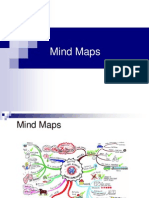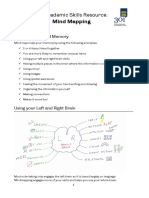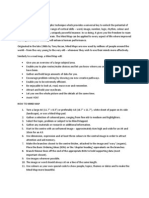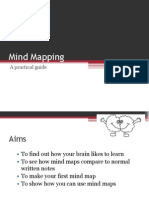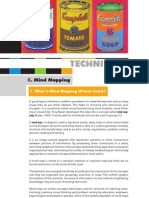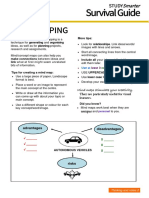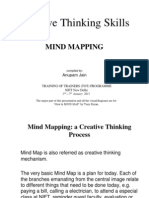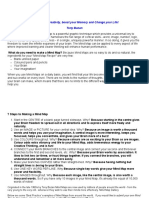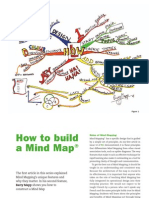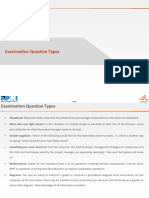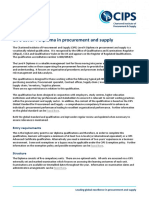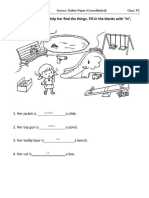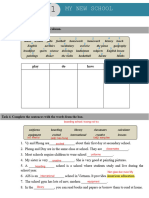0% found this document useful (0 votes)
67 views26 pagesMind Map Toolkit
Dr. Jane Genovese's toolkit on mind mapping outlines its benefits for effective learning and study techniques, sharing her personal journey from academic struggles to success through mind mapping. The document includes practical steps, tools, and hacks for creating mind maps, addressing common barriers, and emphasizing the importance of personal creation over copying others' work. It encourages readers to engage with the content creatively and consistently to enhance understanding and retention of information.
Uploaded by
mariagarciacarolCopyright
© © All Rights Reserved
We take content rights seriously. If you suspect this is your content, claim it here.
Available Formats
Download as PDF, TXT or read online on Scribd
0% found this document useful (0 votes)
67 views26 pagesMind Map Toolkit
Dr. Jane Genovese's toolkit on mind mapping outlines its benefits for effective learning and study techniques, sharing her personal journey from academic struggles to success through mind mapping. The document includes practical steps, tools, and hacks for creating mind maps, addressing common barriers, and emphasizing the importance of personal creation over copying others' work. It encourages readers to engage with the content creatively and consistently to enhance understanding and retention of information.
Uploaded by
mariagarciacarolCopyright
© © All Rights Reserved
We take content rights seriously. If you suspect this is your content, claim it here.
Available Formats
Download as PDF, TXT or read online on Scribd
/ 26


